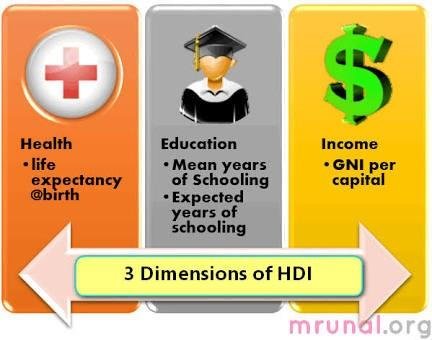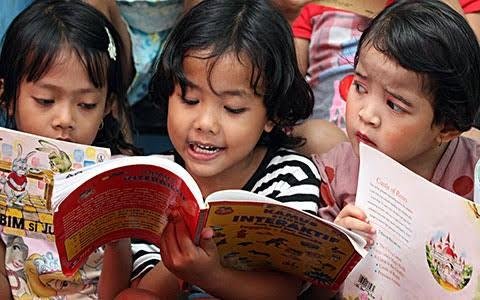The Quantity of Life Index
Swap to IndonesianThe quality of life index (IKH) is one of the indexes to measure welfare
community. IKH is a composite index of 3 indicators: Life expectancy, number
death, and literacy rates. IKH is used to evaluate the general welfare
individuals and communities.

This term is used in a variety of contexts, i ncluding fields
international development, health and politics. Quality of life does not have to be turned back and forth with the concept of living standards, which are based primarily on income. Instead, an indicator. quality of life standards include not only wealth and work, but also the environment mentoring, physical and mental health, education, recreation, and leisure. Quality of life often identified with prosperity. According to OECD (1982), indicators of quality of lifeis income, housing, environment, social stability, health, education, and
employment Opportunity.

The indicators proposed by the OECD can be said to be adequate, in a sense
already includes many things as a reflection of the quality of life. The problem is, an indicator
is not operational. In other words, each of the above indicators is still necessary
further elaborated. Morris (1979) proposed three main indicators, namely the death rate
infant (IMR), life expectancy at age one year, and literacy rate. This indicator also
used by the Central Bureau of Statistics in measuring the Quality Index of Life in business
compare welfare levels. The higher the value of IKH then an area can be said the more advanced level the quality of his life, but what needs to be noted is that there should be a communication with other areas so that we can know the development of an area against other regions.

According to the Central Bureau of Statistics, the components of HDI calculations include:
- Life Expectancy
Life Expextancy at birth is the approximate average
many years a person can go through life. - Literacy RateLiteracy rate is the percentage of population aged 15 years and over who can
read and write Latin letters and / or other letters. - Average School Duration
The average length of school describes the number of years used by the population
age 15 and above in formal education. - Adjusted real expenditure per capita
UNDP measures decent living standards using real Gross Domestic Product (GDP)
which is adjusted, while the BPS in calculating living standards is worth using
average per capita expenditure.